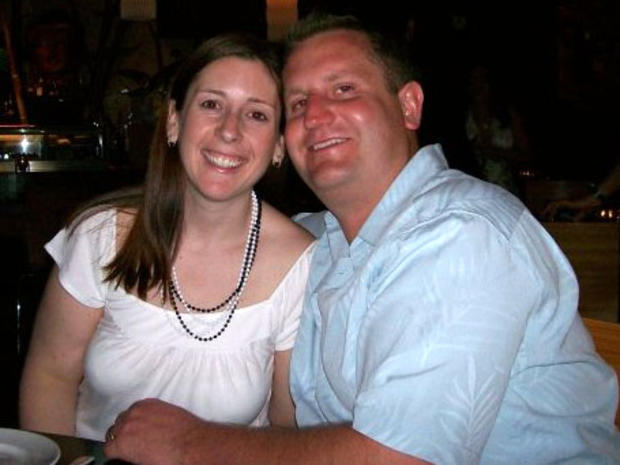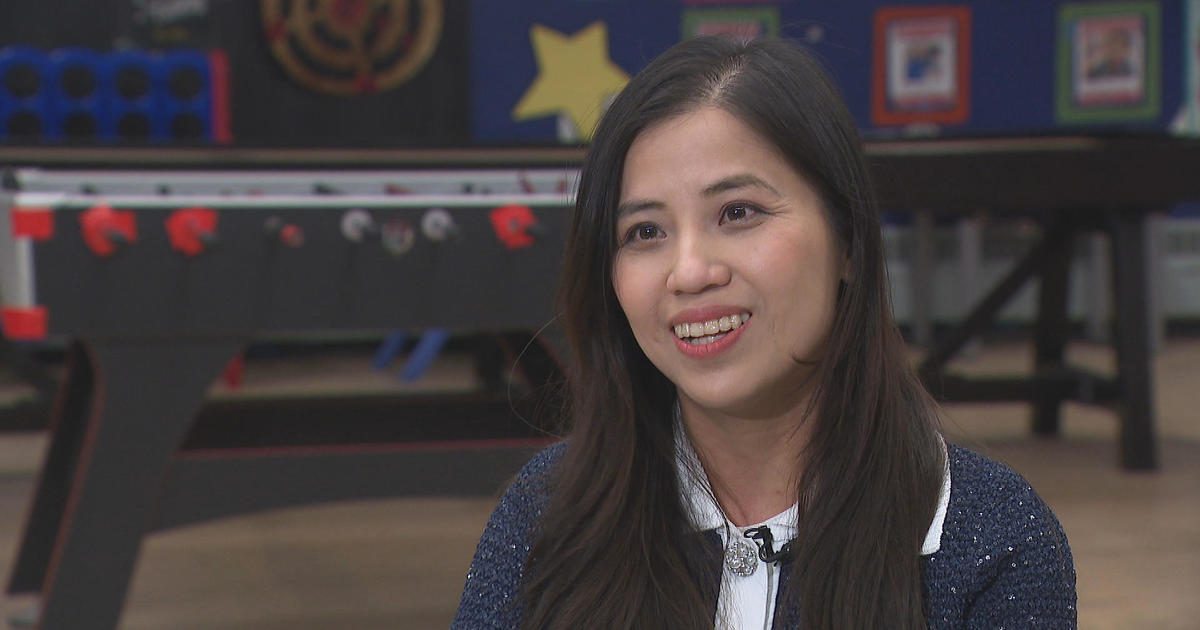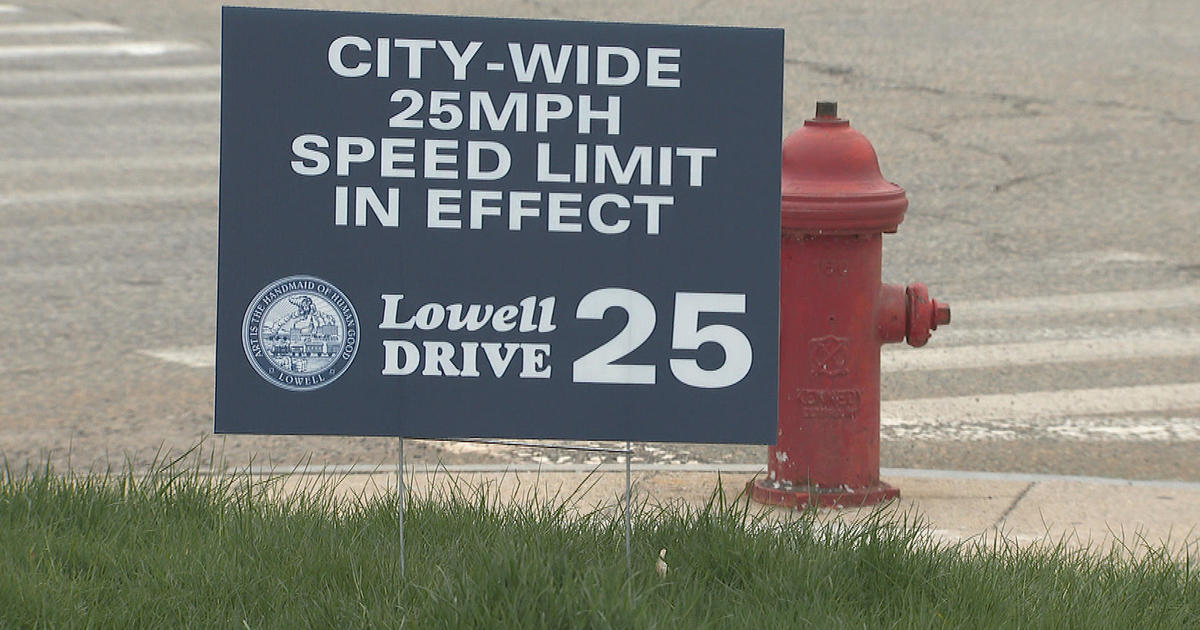Back from the Brink
By Beth Israel Deaconess Medical Center Correspondent
Nobody expects to experience sudden cardiac arrest and the possibility of brain injury — especially an active young mother with a healthy lifestyle.
Unfortunately, 359,400 Americans experienced out-of-hospital cardiac arrest in 2013 alone, and just 9.5 percent survived, according to the American Heart Association. But when this heart-stopping event converges with timely CPR, advanced technology and a finely-tuned medical team, the scenario sometimes has a happy ending.
Julie Ross's Story
The January day that ended in cardiac arrest for Milton resident Julie Ross, 36, was busy, but no more so than the days of many young professionals with children.
A wife, and mother to a toddler and a five-year-old, Ross is also co-owner of Mamas Move, a Norwell fitness and learning center for moms and children.
"My husband John cared for the children that morning to give me an early start," Ross remembers. "A center similar to Mamas Move had closed without notice the day before and we were providing classes to clients suddenly left without resources."
It was a hectic but exhilarating afternoon as Ross fielded phone calls and a cable TV interview. That day was also her wedding anniversary.
"My mom watched the children while we celebrated by going out to dinner," Ross recalls. "When we arrived home, I was feeling a bit tired, so I went to bed early while John stayed up to watch TV. That is the last thing I remember about that night."
After about 10 minutes, John heard a strange gurgling noise from upstairs. When he went to investigate, he found Ross on the bed, unconscious and choking on vomit. Her blue color showed lack of oxygen and circulation, and she had no pulse. A malfunction in the electrical system of her heart had caused it to stopped beating.
Compressions and 911
John quickly took action. A longtime telecommunications installer for Verizon, he had received regular CPR (cardiopulmonary resuscitation) training and recertification on the job for the past 14 years. That training enabled him to keep his wife alive so that medical professionals could help her.
He turned her head to clear her mouth of obstruction and immediately began applying chest compressions, pushing hard and fast in the center of her chest. Knowing that an ambulance was imperative, he raced to the phone, called 911 and resumed compressions while he was online with the operator.
"John's fast response with CPR was a vital first step toward Julie's survival," says Robb Kociol, MD, Director of the Ventricular Assist Device Program and Associate Director of Advanced Heart Failure in the CardioVascular Institute at Beth Israel Deaconess Medical Center.
"CPR and/or defibrillation must be provided rapidly after cardiac arrest to increase the chance of survival and reduce the risk for brain injury," Kociol adds. "Research has shown that for every minute that passes without CPR and defibrillation, the chance of survival drops by seven to 10 percent."
According to the American Heart Association, hands-only CPR performed by a bystander has been shown to be as effective as conventional CPR with mouth-to-mouth breaths in the first few minutes of an out-of-hospital sudden cardiac arrest. The AHA recommends an immediate 911 call and performing chest compressions with as few interruptions as possible until medical help arrives.
Learn about performing CPR with materials from the American Heart Association
Medical Care Begins
Minutes after John's 911 call, the local fire department's paramedic staff arrived. They were equipped with an external defibrillator, a device that administers an electrical current to the heart to shock it into resuming function. After multiple applications of the defibrillator, Julie's pulse returned.
The ambulance sped Julie to the closest hospital, Beth Israel Deaconess Hospital-Milton.
"When Julie arrived at the Emergency Department, her situation was critical," says Kociol. "She had very low blood pressure and poor circulation. Her body was unable to get enough oxygen. The situation was dire and beyond the resources of most community EDs. The Milton doctors called ahead to the team at BIDMC in Boston to prepare for Julie's arrival there."
The Milton ED stabilized Julie for travel and an ambulance with intensive care nurses aboard quickly moved her to the Beth Israel Deaconess Boston campus.
Meanwhile, her BIDMC care team assembled: besides Kociol, emergency medicine physicians; interventional cardiologist Duane Pinto, MD, MPH, who inserted the ECMO tubes in Ross's blood vessels; Peter Clardy, MD, a pulmonologist specializing in critical care; Kamal Khabbaz, MD, the CVI's Chief of Cardiac Surgery; and John Whitlock, RN, who mobilized his nursing colleagues for critical, round the clock care.
"In a complex case like cardiac arrest, everything must go just right," says Khabbaz. "The life-saving measures require input from a multi-disciplinary team of specialists who are accustomed to working seamlessly together. There is no margin for error or on-the-job learning."
The team immediately began treating Ross with multiple medications to boost her blood pressure. However, her lack of response caused concern about her chances for survival and the risk of permanent brain or physical damage. Her doctors made a decision to take over her heart and lung function with specialized ECMO equipment.
ECMO Buys Time
ECMO is short for Extracorporeal Membrane Oxygenation. BIDMC's ECMO program, which was enhanced in 2013 with new, multidisciplinary protocols, makes this advanced mechanical life support technology available 24/7 throughout the hospital. Although to the untrained eye ECMO equipment looks like a bedside jungle of tubes, it extends lives by supporting the circulation and oxygenating the blood of people with catastrophic heart or lung damage. Doctors use it to buy time while applying other potentially life-saving therapies.
"Our new program was a huge advantage in getting Julie the advanced support she desperately needed," Kociol says.
The team worked rapidly to sedate Julie, placing her in a medically-induced coma and cooling her body temperature to preserve functions. Data has shown that inducing therapeutic hypothermia for cardiac arrest can help prevent neurologic injury.
An interventional cardiology team led by Pinto threaded the ECMO tubing though Julie's blood vessels to allow the ECMO pump to take over heart function and its oxygenator to provide lung function.
"Julie remained on ECMO equipment for several days," says Kociol. "By the third day, we saw some evidence that her heart and lungs were starting to recover and might be able to function on their own. In the meantime, she developed a clot in the ECMO circuit, a potential complication of this therapy. We removed the ECMO support and the vascular surgeons repaired her femoral artery. Fortunately, her heart and lungs had recovered sufficiently to tolerate ECMO removal."
After a couple more days, Julie's breathing tubes were removed, and she began breathing on her own again. For several days, she remained very weak, with signs of brain swelling and muscle function. Members of her family braced themselves for the possibility of permanent brain damage.
Full Recovery Begins
An excruciating week and a half after her heart stopped, it became evident that Julie had survived with no permanent damage to functions at all.
"This was a miracle," Kociol says. "Given her condition upon arrival, she really made a remarkable recovery. We credit the immediate CPR John administered with keeping her alive initially and the ECMO technology with allowing her to rest and heal despite the toll the cardiac arrest took on her body."
Kociol and the team reviewed Julie's medical condition. Prior to the cardiac arrest, she had no signs of heart issues, other than being evaluated for arrhythmia (irregular heartbeat) during pregnancy. Her father, however, had died from cardiac arrest at the age of 30, so the likelihood of a genetic predisposition existed.
To prevent a similar event from occurring again, cardiologists placed an implantable cardioverter-defibrillator (ICD) in Julie's chest. The ICD is a small battery-powered device that automatically delivers an electrical impulse when needed for patients who are at risk for cardiac arrest.
Julie recovered completely from the cardiac arrest and her procedures.
"I was home for a week with visits from a physical therapist and a visiting nurse, and the following week I was able to return to work," she says. "I did feel a bit tired at first, but otherwise I was living normally and following my usual daily routine."
What Caused Ross's Cardiac Arrest?
Cardiac arrest can occur when the electrical signal that causes the heart to beat at a steady pace suddenly malfunctions. This disruption of the heart's normal rhythm can cause it to beat at a dangerously rapid speed. The heart's ventricles quiver uselessly, and its pumping activity halts. Blood flow to the brain ceases and the person loses consciousness. Without immediate intervention, death can occur within minutes.
For many patients, cardiac arrest occurs with no prior symptoms and no sign of heart disease. In these cases, physicians attribute the cause to be ventricular fibrillation or tachycardia — occasional but severely abnormal heart rhythms that prevent the heart from pumping normally. This seems to have been the situation in Julie Ross's case.
"My cholesterol and blood pressure levels have always been normal," Julie says. "And the cardiac tests conducted at BIDMC showed that my arteries were clear and my heart looked good, too. Given what happened with my dad, I'm grateful that I emerged from this so well."
Genetic testing is next step for Julie at BIDMC and eventually for her children, as a preventive measure. At the heart of her story are both a simple truth and a complicated one. CPR can save lives — as can advanced medical technology in the hands of an expert medical team.
Above content provided by the CardioVascular Institute at Beth Israel Deaconess Medical Center. For advice about your medical care, consult your doctor.
Posted March 2015




